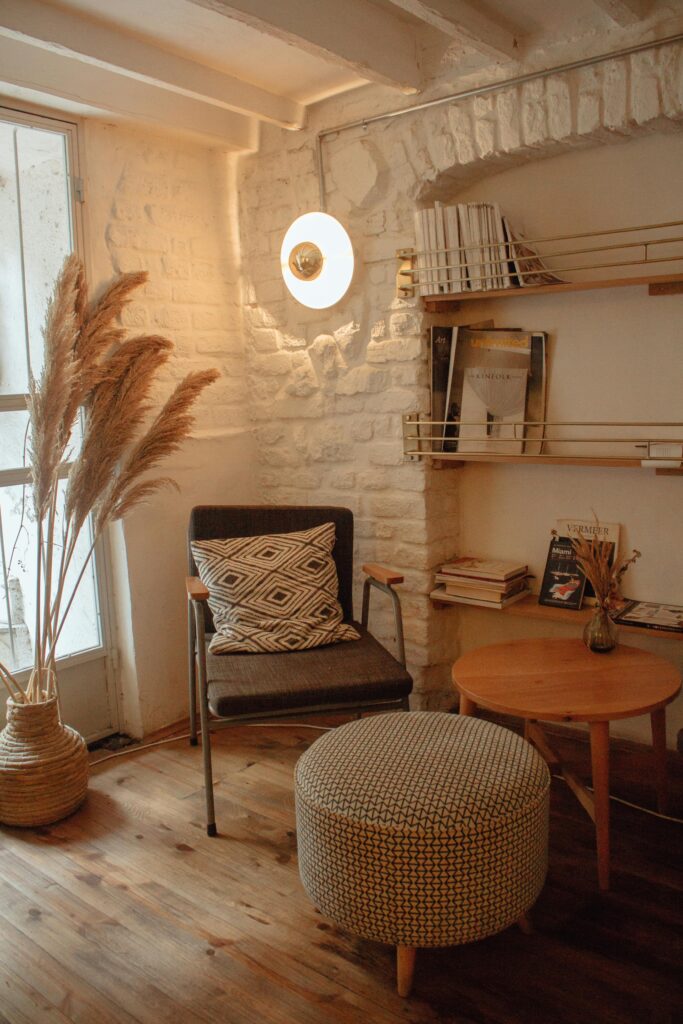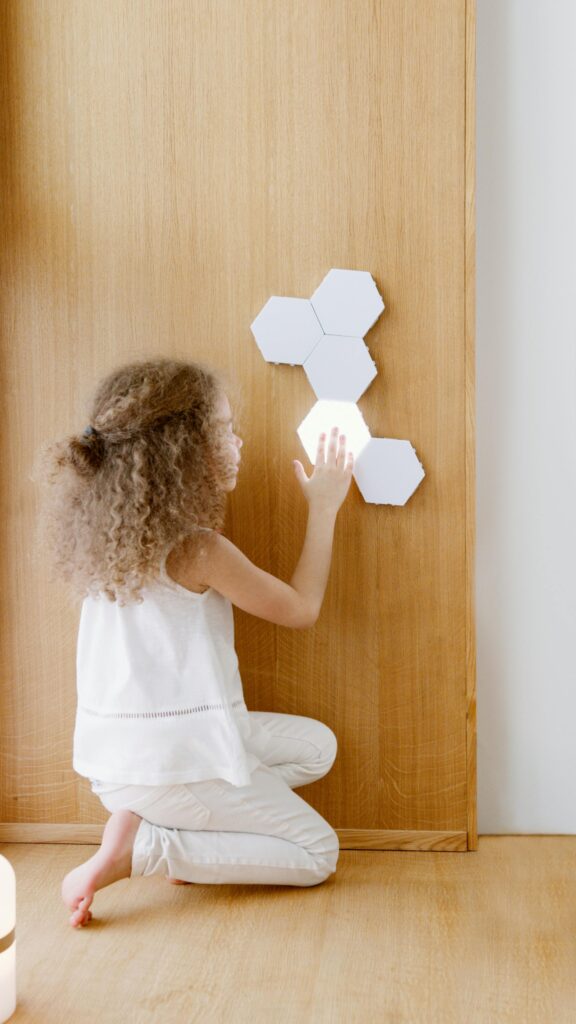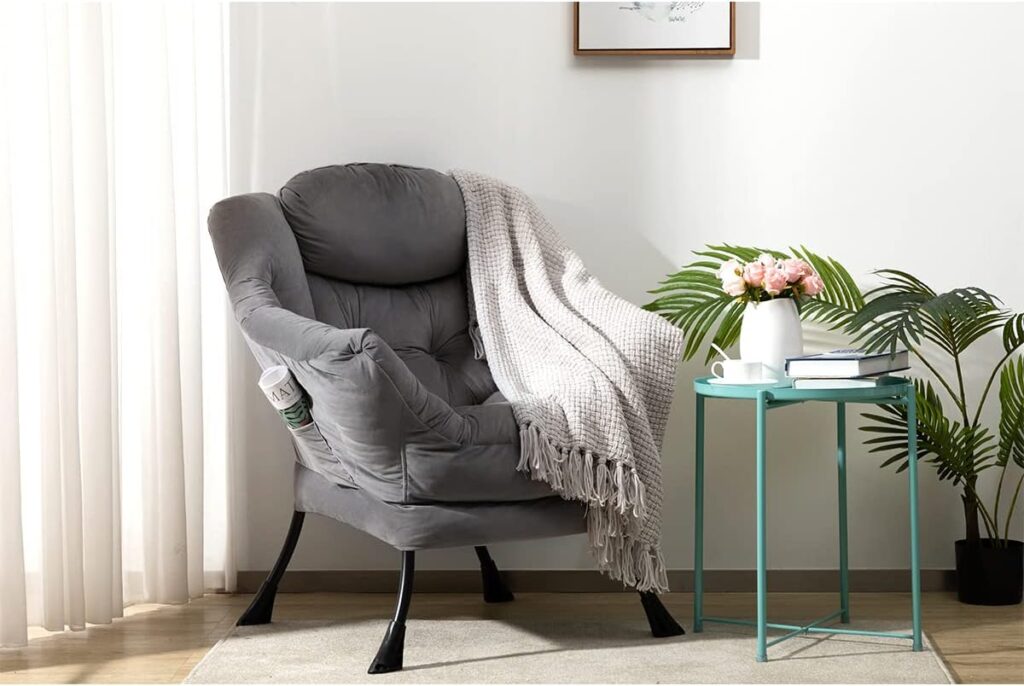Embracing Natural Elements
In recent years, there has been a significant shift in the realm of interior home decor as more individuals seek to create spaces that reflect a natural aesthetic. The movement towards incorporating natural materials and elements into home decoration has gained momentum, driven by a growing appreciation for authenticity and sustainability. Among the popular home decor trends, wooden furniture stands out as a prominent choice, offering warmth and character that synthetic materials often lack. As people gravitate towards rustic designs, the use of reclaimed wood and contemporary finishes has become increasingly common, enhancing the overall charm of living spaces.
Additionally, stone accents play a pivotal role in today’s home decor inspiration. From elegant marble countertops to stunning slate tile backsplashes, stone elements bring a touch of nature indoors, while also ensuring durability and easy maintenance. This harmonious blend of elegance and functionality encapsulates the essence of 2025 home decor trends. Furthermore, organic textiles—such as linen, cotton, and wool—are making waves in both color and texture, contributing to the cozy, inviting atmosphere. The tactile qualities of these fabrics enhance the sensory experience of interiors while promoting a more sustainable lifestyle.
One of the underlying concepts driving this naturalist approach to home decoration is biophilic design. This philosophy advocates for creating a direct connection between indoor spaces and the natural world. By incorporating elements such as indoor plants, natural light, and organic shapes, homeowners can foster an environment that promotes mental well-being. The presence of greenery has been known to reduce stress and improve air quality, thereby enhancing the living experience. The integration of these natural elements not only elevates the aesthetic quality of interiors but also supports a holistic approach to health and comfort. In conclusion, the infusion of natural elements into home decor is not merely a trend but a reflection of a deeper connection with the environment and a commitment to well-being.

Minimalism Meets Maximalism
The landscape of interior home decor is witnessing an intriguing juxtaposition between minimalism and maximalism, a trend significantly shaping popular home decor choices. Minimalism advocates for clean, simple lines, neutral palettes, and uncluttered spaces, appealing to those who favor tranquility and a sense of calm. In contrast, maximalism celebrates bold colors, diverse patterns, and an array of eclectic decor items that convey personality and vibrancy. This convergence allows homeowners to harness the strengths of both philosophies, leading to what can be described as a balanced design aesthetic.
To achieve this modern decor blend, one might begin with a minimalist foundation—neutral walls and understated furniture pieces. From there, homeowners can introduce maximalist elements, such as vibrant artwork, lively textiles, and unique decorative accessories. For example, a pale living room adorned with a large, colorful abstract painting or layered throw pillows in various textures can create an inviting, stylish atmosphere without overwhelming the senses. Furthermore, this blend of home decoration techniques encourages creativity, as individuals can curate items that reflect their personal tastes.
One of my absolute favourite abstract wall paintings –> click here to discover
Here, you’ll find the perfect pillows for it!
Psychologically, the balance between clutter and simplicity plays a pivotal role in a homeowner’s mood and overall wellbeing. Minimalism promotes clarity and focus, while the incorporation of maximalist decor can evoke feelings of joy and self-expression. However, it is crucial to approach this fusion thoughtfully; achieving harmony between these seemingly disparate styles is essential. By carefully selecting decorations that resonate with one’s personality, individuals can create a space that feels both streamlined and lively, ultimately forming a unique representation of their aesthetic preferences. In conclusion, the blend of minimalism and maximalism not only reflects current 2025 home decor trends but also serves as a source of inspiration for those looking to refresh their living environments.

Sustainable and Eco-friendly Decor
As we look toward 2025 home decor trends, one of the most significant movements in interior home decor is the shift towards sustainability and eco-friendliness. Consumers are increasingly prioritizing environmentally conscious choices, leading to a burgeoning demand for eco-friendly materials in home decoration. This includes products made from renewable resources, such as bamboo, cork, and reclaimed wood, which not only enhance aesthetic appeal but also contribute to a healthier planet.
Upcycled furniture is gaining traction as a popular home decor option, reflecting a commitment to sustainability. By transforming old or discarded items into functional and stylish pieces, homeowners can reduce waste while adding unique character to their living spaces. This trend encourages creativity and resourcefulness, showcasing how innovative design can coexist with environmental responsibility.
Energy-efficient appliances also play a critical role in sustainable home decor. By selecting appliances that conserve energy, homeowners can significantly lower their utility bills while minimizing their carbon footprint. These appliances often feature modern designs that complement various interior styles, making them an attractive addition to any home. As part of the growing awareness of climate impact, there is a notable rise in the popularity of smart home technologies that enhance energy efficiency.
Purchasing products made from sustainable sources not only benefits the environment but also supports local artisans and businesses. By choosing locally produced items, consumers contribute to their communities while reducing the carbon footprint associated with transportation. Additionally, investing in quality decor can lead to longer-lasting products, minimizing the tendency towards disposable fashion in home decoration.
Ultimately, sustainable and eco-friendly decor choices provide numerous benefits, improving both personal health and environmental well-being. As homeowners seek home decor inspiration, making informed decisions that align with sustainable practices is more vital than ever.
Smart Home Features in Interior Design
In recent years, the incorporation of smart home features into interior home decor has significantly transformed the landscape of home decoration. As technology becomes increasingly advanced and accessible, homeowners are discovering that integrating smart devices not only enhances convenience but also contributes to the overall aesthetics of a space. From smart lighting systems to automated window treatments, these innovations are becoming essential elements in contemporary home design.
Smart lighting, for instance, allows homeowners to customize the ambiance of their living spaces effortlessly. By using smartphone applications or voice commands, individuals can adjust brightness levels, color temperatures, and even set schedules for when lights turn on or off. This not only promotes energy efficiency but also enables users to create specific moods, making it an excellent addition to popular home decor trends in 2025. Furthermore, aesthetically pleasing smart bulbs can contribute to the decoration of the home, blending seamlessly with existing design elements.





